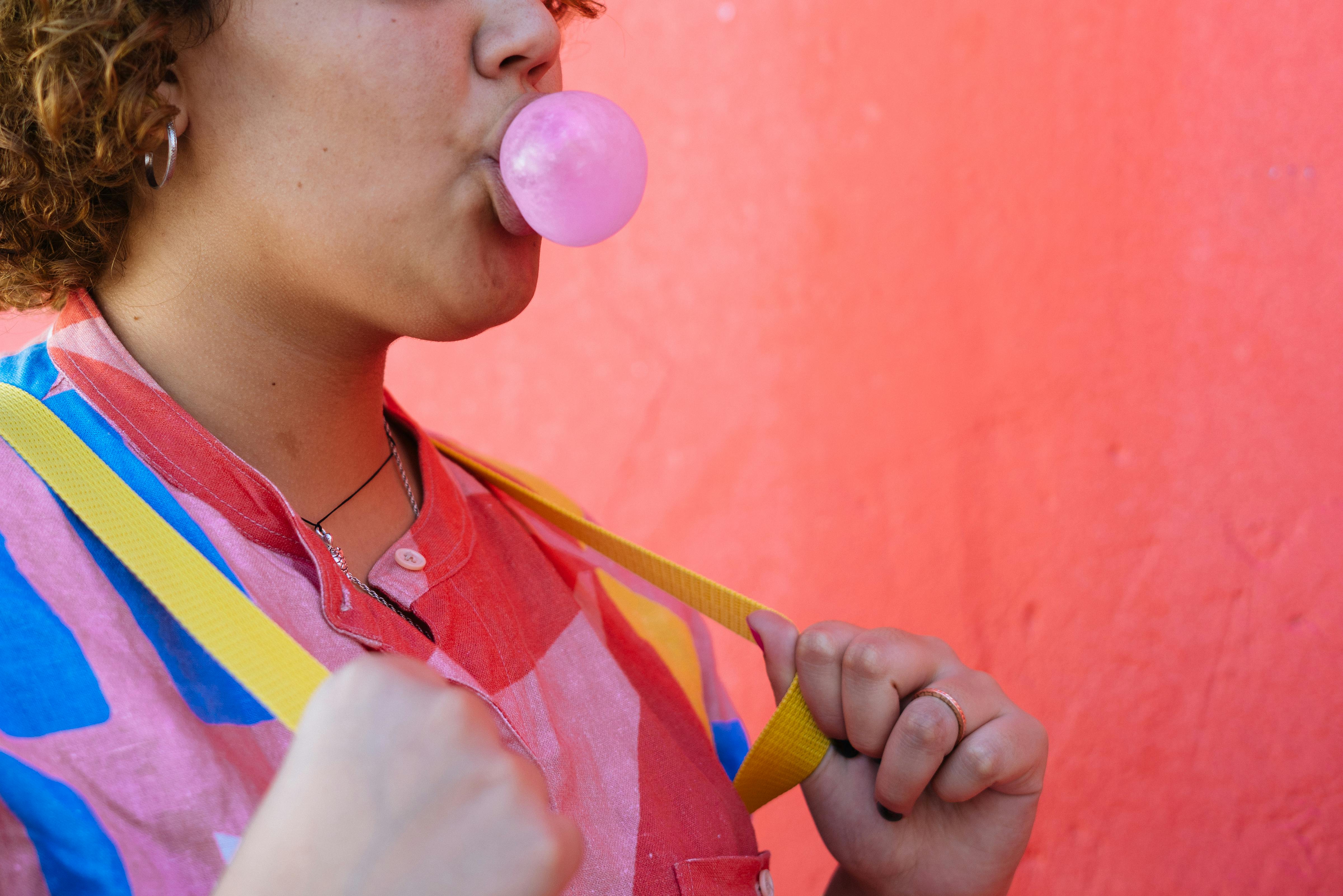
History of aromatherapy – China 2700 BC – East India 2000 BC – The Bible
admin
- 0
China – 2700 BC – To the ancient Chinese there was little distinction between healing treatments for the mind and the body. Substances that nourished and promoted healing of the mind were also used to treat the body. The Chinese considered perfumes as medicine. The ancient herbal traditions practiced today, including acupuncture, began with the publication of The Yellow Emperor’s Classic of Internal Medicine by Huang Ti. This ancient text mainly deals with the causes and treatment of diseases.
Ayurveda East India – 2000 B.C. C. – Terracotta distillation devices and perfume containers were found in the ancient Indus Valley (what is now found mainly in the countries of India and Pakistan) dating back to 3000 BC. The use of aromatic plants in Indian culture was very extensive. Aromatic plants and oils were used in all aspects of their lives, including beauty treatments, perfumery, medicinal practices, ritual cleansing and bathing, and religious ceremonies.
In ancient Indian tantric practices there were elaborate rituals of anointing the body with oils to seduce and arouse passions. The Vedas, the oldest known sacred texts, contained formulas for aromatic compounds. The Rig Veda contained instructions for the uses of more than 700 plants, including spikenard, myrrh, sandalwood, ginger, cinnamon, and coriander. The human being was seen as part of nature and the preparation of medicinal plants was considered a sacred practice. Ayurvedic medicine is one of the oldest forms of medicine practiced continuously since ancient times.
The Bible – Considered as or more valuable than gold, aromatic plants were rare and highly prized in the ancient world. The Bible makes numerous references to the use of aromatic oils in both the New and Old Testaments. The ancient Hebrews valued aromatic plants for sacred religious, medicinal, and perfumery practices. In the Bible, Moses was given an anointing oil formula to consecrate men to the priesthood that was practiced for generations. The formula included myrrh, cinnamon, frankincense, and olive oil. Mary Magdalene anointed the feet of her Master Jesus hers with the rare and expensive oil of Nardo. Phoenician traders introduced aromatic substances from the East to the West and helped establish great trade routes for aromatic plants.

